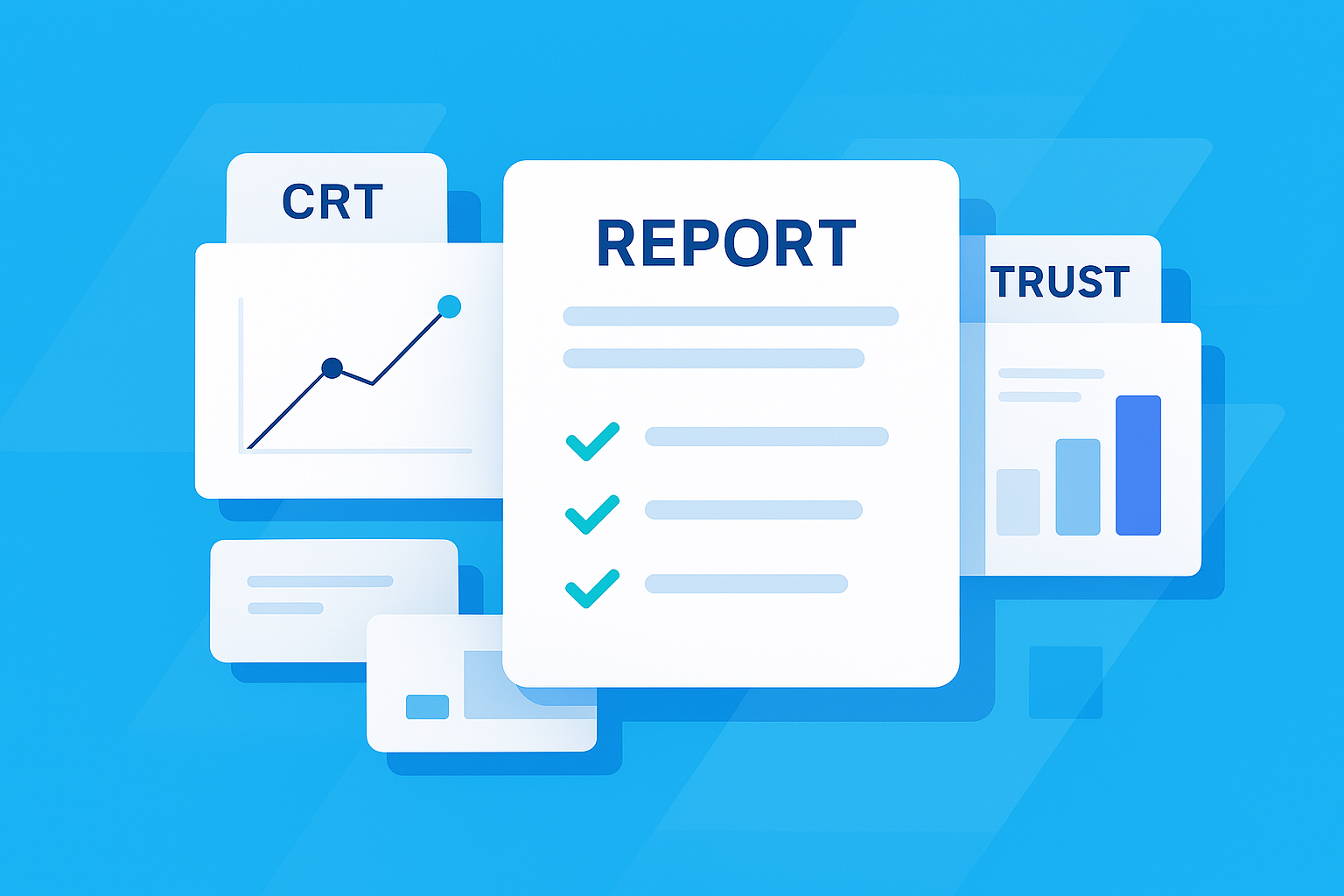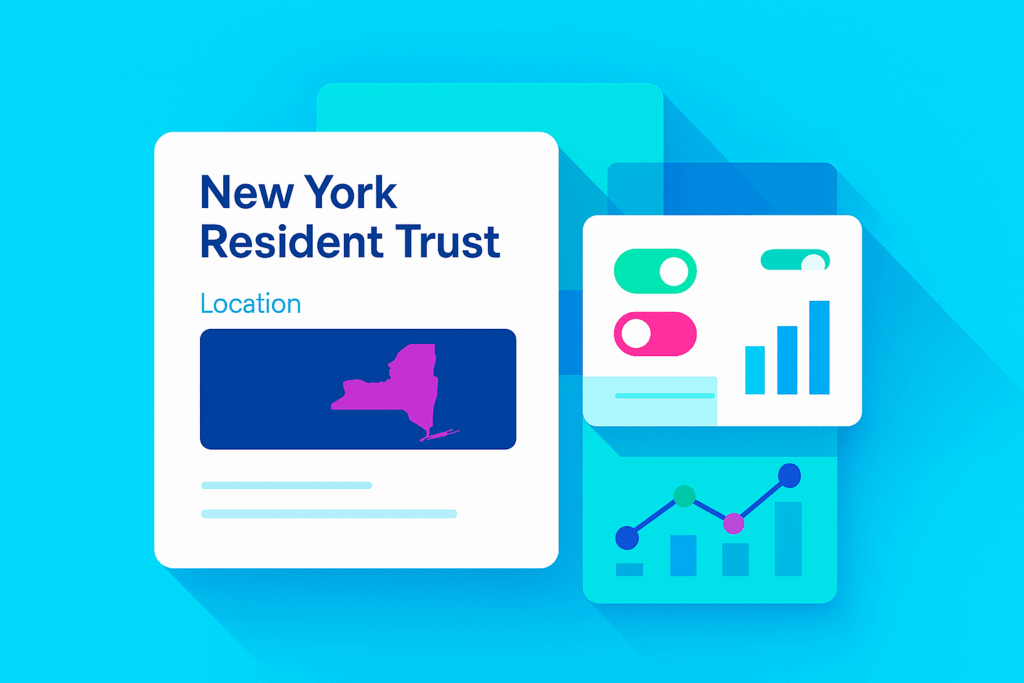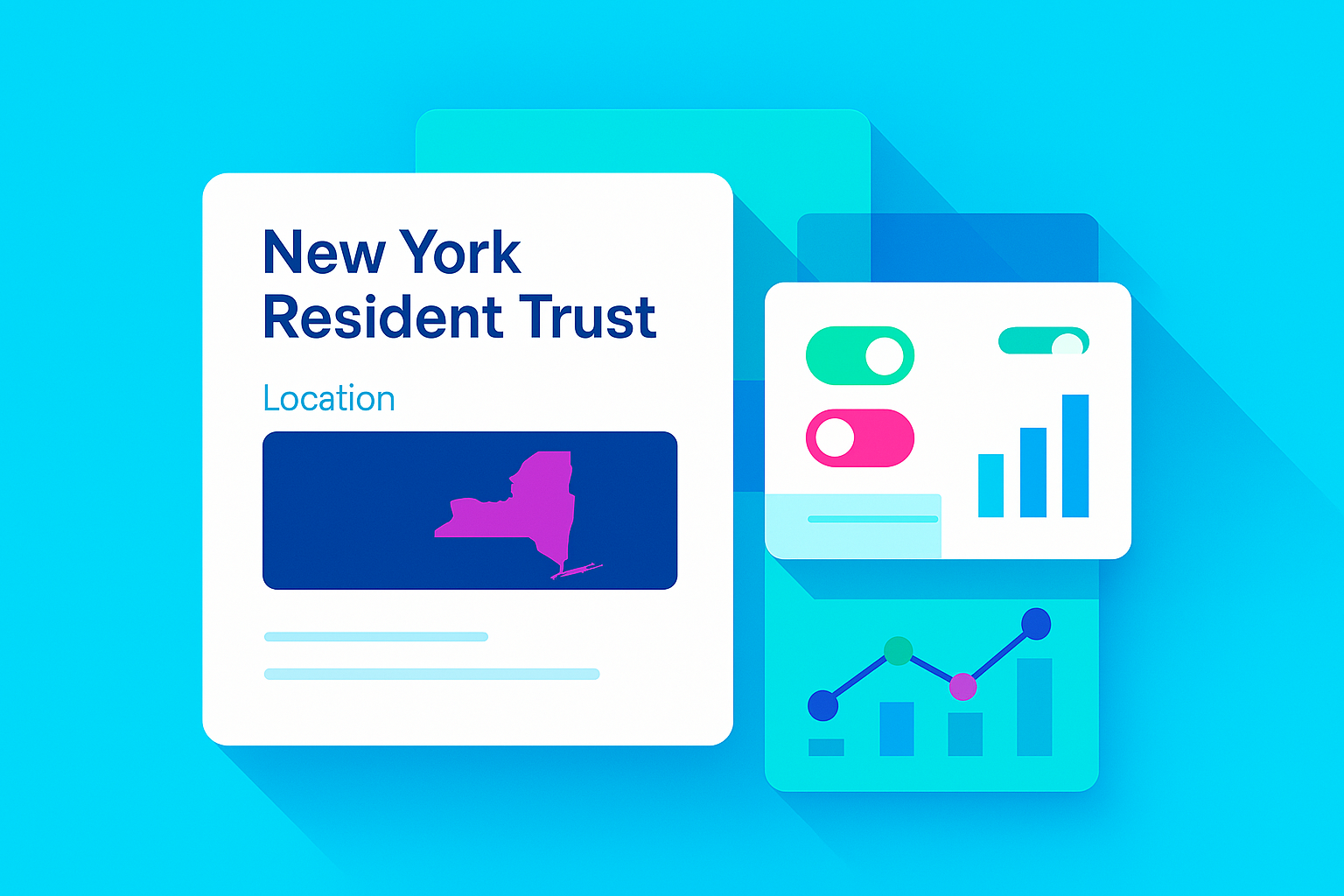Private foundations are often overlooked. You may have heard of a few — like the Gates Foundation — but you likely don’t think about them much. But while they may fly under the radar, these organizations impact the world quite a bit. The Ford Foundation, to take just one example, has spent $54 billion dollars (adjusting for inflation) on charitable contributions since its inception, and it is currently spending ~$1 billion each year.
A particular variety of private foundation, known as the private operating foundation, is a good fit for individuals or families who are looking to set up a private foundation that runs charitable programs in-house, rather than making grants to other charities. Let’s take a deeper look.
What is a Private Foundation?
There are two basic types of non-profit organization: public charities and private foundations. Public charities have large groups of supporters. Universities, hospitals, religious institutions, and other large charitable entities are generally organized as public charities. Private foundations are rarer. A private foundation is typically set up by an individual or a small group of donors, often family members, who have charitable aims that they hope to accomplish themselves. There are two types of private foundations: operating foundations and non-operating foundations.
What Makes Private Operating Foundations Different?
The vast majority of private foundations are non-operating foundations, which make grants to other charitable organizations that use the money to run programs. The private operating foundation is rarer. It meets the qualifications of being a private foundation, yet it runs its own programs rather than distributing money to other charities.
While the core difference between an operating foundation and a non-operating private foundation is that an operating foundation is allowed to run its charitable programs, there are a few other differences as well.
Non-Operating Foundations:
- Required to distribute annually at least 5% of the total fair market value of assets through grants to charitable causes.
- Limit the percentage of business enterprises it owns (essentially limited to cash and investment assets).
Operating Foundations:
- Must spend at least 85 percent of its adjusted net income or its minimum investment return (versus 5% of assets).
- Can own business and non-cash or investment assets (generally, they have more leeway with the assets they own).
An example of a private operating foundation is the Carnegie Foundation, established in 1901 by the Scottish-American steel magnate Andrew Carnegie. Carnegie created his foundation to promote education and scientific research. At one point, the Carnegie Foundation was responsible for the creation of 80% of the public libraries in this country.
Benefits of Private Operating Foundations
One of the key benefits of a private operating foundation is that donations are especially tax-advantaged: In most cases, contributions are valued at the market value to determine your charitable tax deduction and allow you to write off up to 60% of your income (if donating cash) or 30% (for non-cash donations). These numbers are as large as the benefits of contributing to any charitable entity.
Additionally, private operating foundations have more flexibility than other private foundations in how they can spend their funds. This allows them to be more creative in their approach to charity work.
You should balance these benefits with the downsides of private operating foundations: high administrative costs and greater scrutiny from the IRS.
What is the Purpose of a Private Operating Foundation?
A private operating foundation can be used for various activities, including grant-making, advocacy, and program services.
- Grant-making involves giving money to other charitable organizations to support their work.
- Advocacy involves working on behalf of specific issues or causes to effect change. However, POFs are not allowed to engage in overt political activities.
- Program services involve delivering programs and services directly to those in need.
Because a private operating foundation is so flexible, you ultimately maintain significant control over how it spends the funds. You can gift donations to other charitable organizations or use their contributions to conduct charitable activities.
Why Might You Set Up a Private Operating Foundation?
There are several reasons why you might choose to set up a private operating foundation:
- Tax Benefits: A POF can receive tax-deductible donations from you or others, and income recognized by the foundation is tax exempt aside from the small excise tax discussed below. The contributions to a POF receive more generous charitable deductions than contributions to a non-operating foundation.
- Flexibility: POFs offer an immense amount of flexibility when it comes to deploying funds. POFs can make gifts to other charitable organizations or conduct their own charitable activities.
- Potentially Lower Administrative Costs: Because POFs can operate charitable programs themselves, they can use more of their donations for charity by avoiding donating to another non-profit that may have high overhead.
Having a private operating foundation will help you save significant money on your taxes and allow you to use those proceeds to benefit the charitable causes you care about most. Most people who choose to set up an operating foundation expect to run charitable programs themselves and stay in control of how their foundation resources are deployed.
How Do Charitable Deductions Differ for Operating Foundations?
Donations to private non-operating foundations are usually limited to 30% of your adjusted gross income (AGI) for cash and 20% of your AGI for other assets. Perhaps more critically, in practice, non-cash donations to non-operating foundations are valued at their cost basis (not their current or appreciated value), except for publicly traded stock which is deductible at its market value. This often means that your charitable deduction and tax write-off will be lower if you donate appreciated assets to a non-operating foundation.
Donations to private operating foundations, meanwhile, receive better tax treatment. In most cases, your deduction will equal the market value of donated assets, so you can take advantage of appreciation. The AGI limit is higher — you can deduct 60% of your income with cash contributions and 30% with non-cash donations. Accordingly, in most cases, your deduction will be more significant if you donate to a private operating foundation.
What Taxes Might a Foundation Pay?
There are a few different taxes that a foundation might have to pay. The most common is the net investment income excise tax. This tax that the federal government imposes on a foundation’s net investment income: the income from investments less any expenses related to those investments. The tax rate is currently 1.39%, or $1.39 on each $100 granted.
Next Steps
You have options when it comes to setting up a charitable structure. At Valur, our goal is to help you figure out what type of charitable structure is right for you — and then help you set up and maintain that structure.
About Valur
We’ve built a platform that makes advanced tax planning – once reserved for ultra-high-net-worth individuals – accessible to everyone. With Valur, you can reduce your taxes by six figures or more, at less than half the cost of traditional providers.
From selecting the right strategy to handling setup, administration, and ongoing optimization, we take care of the hard work so you don’t have to. The results speak for themselves: our customers have generated over $3 billion in additional wealth through our platform.
Want to see what Valur can do for you or your clients? Explore our Learning Center, use our online calculators to estimate your potential savings or schedule a time to chat with us today!
































